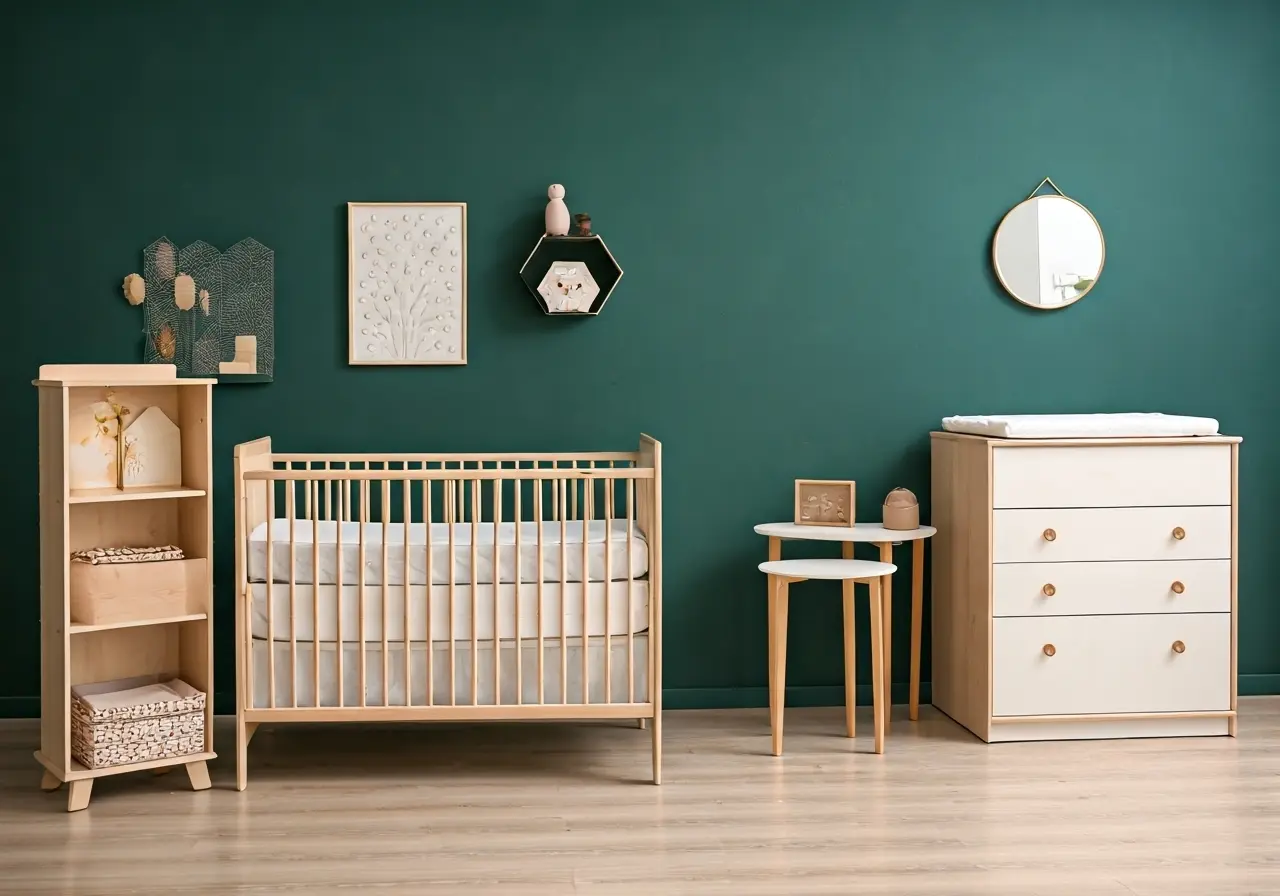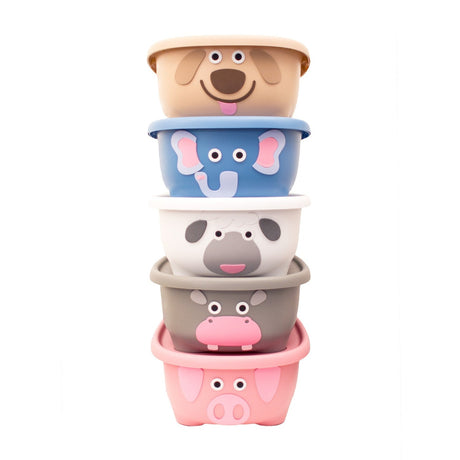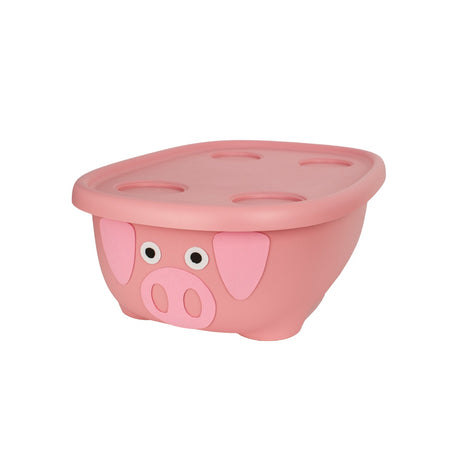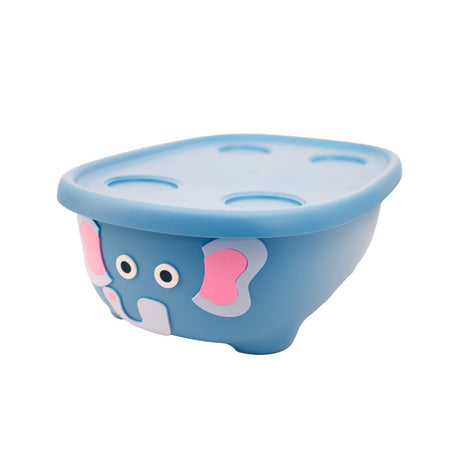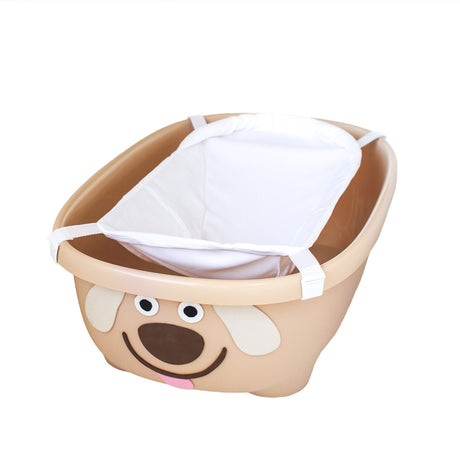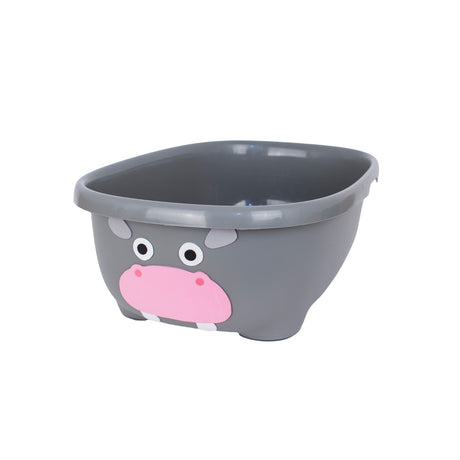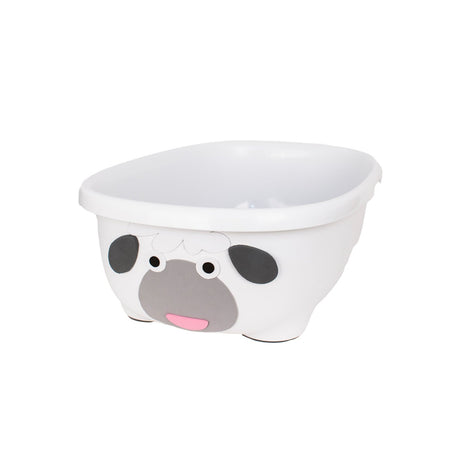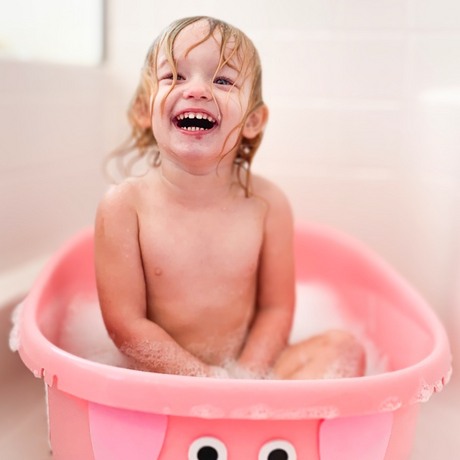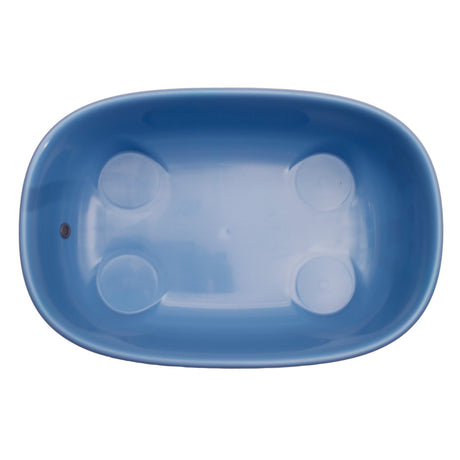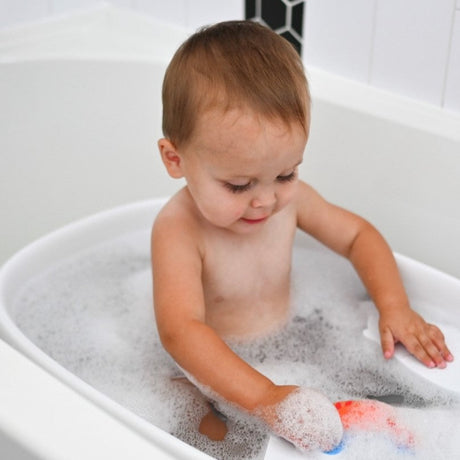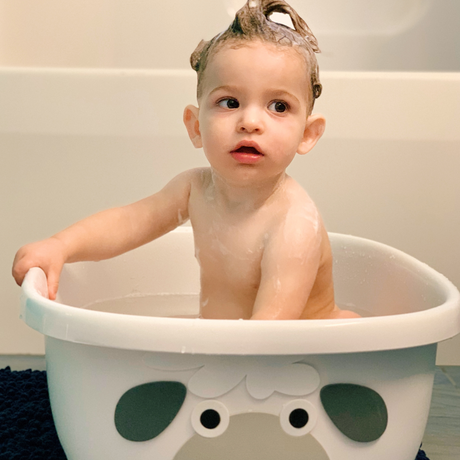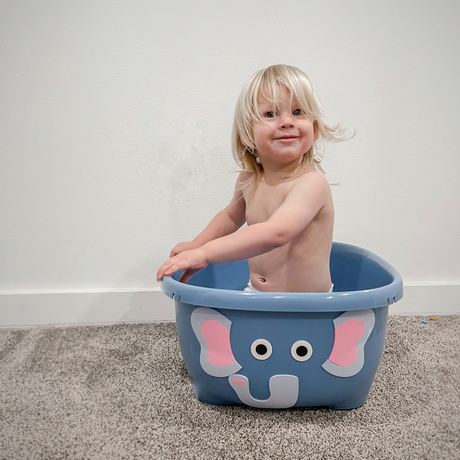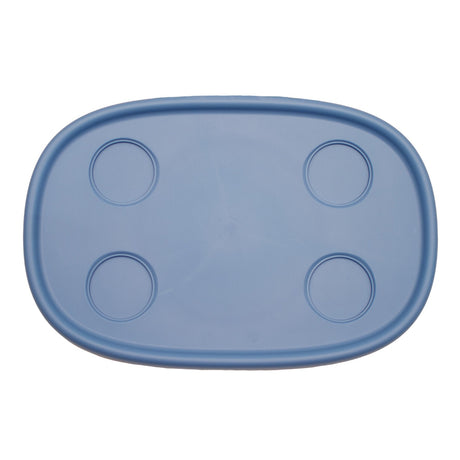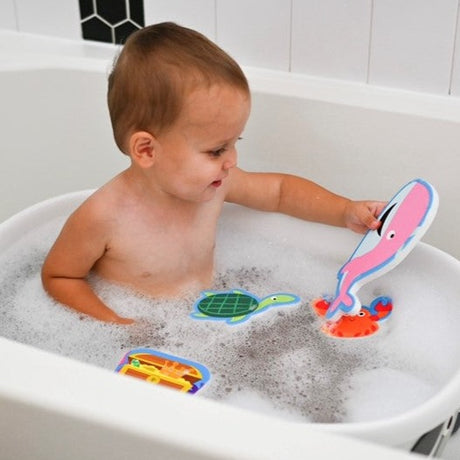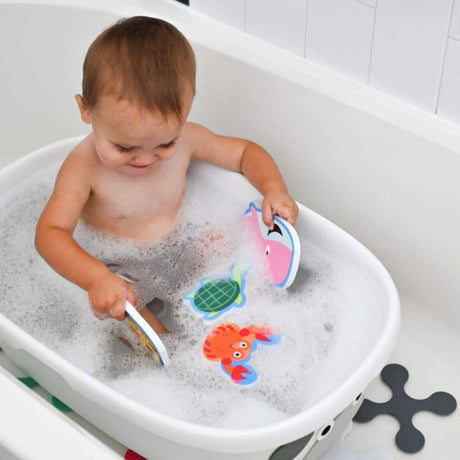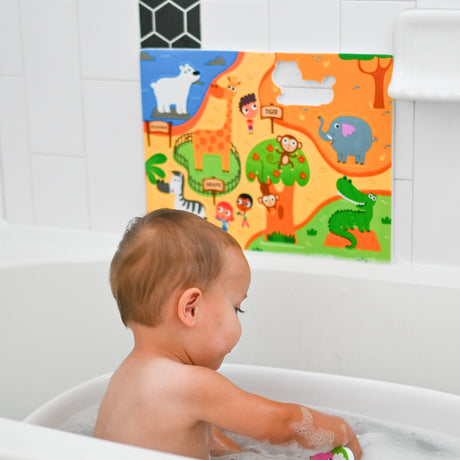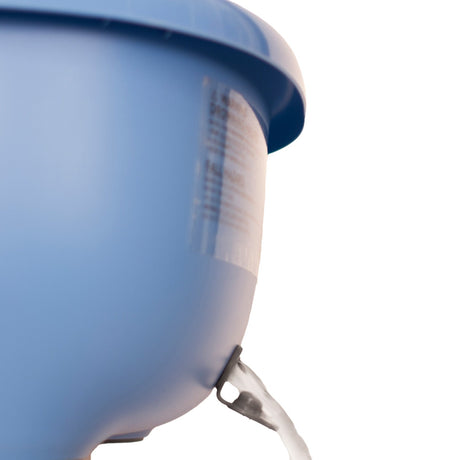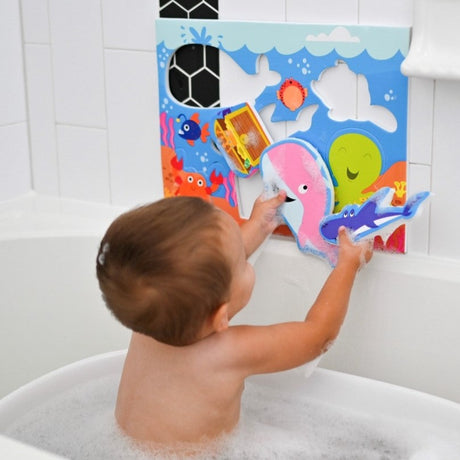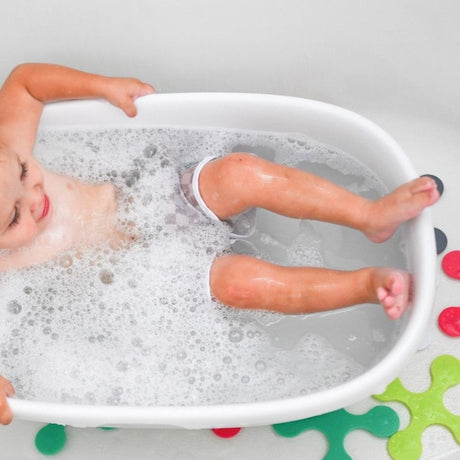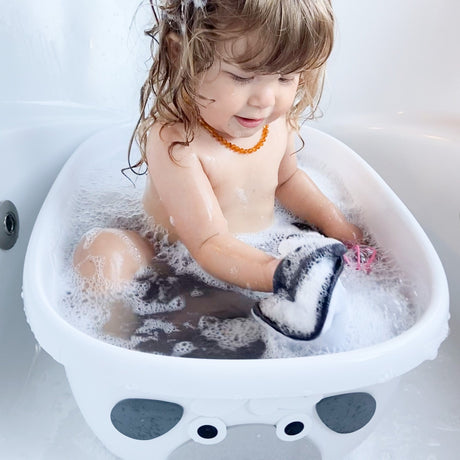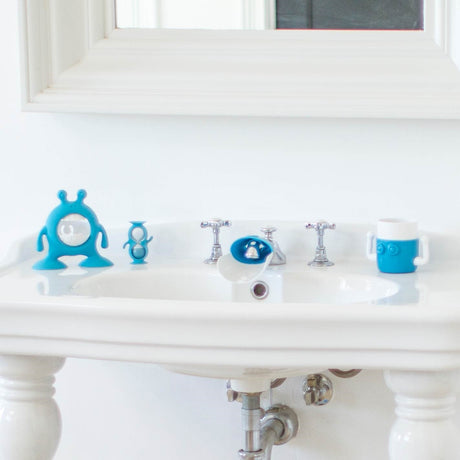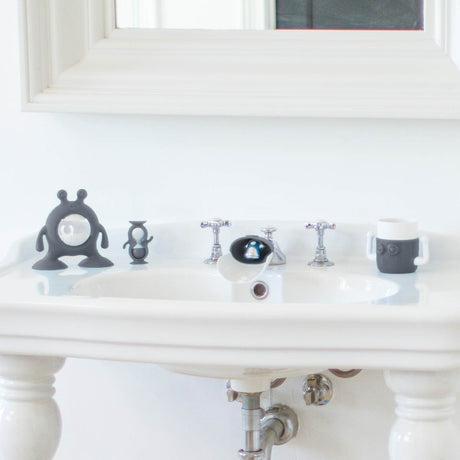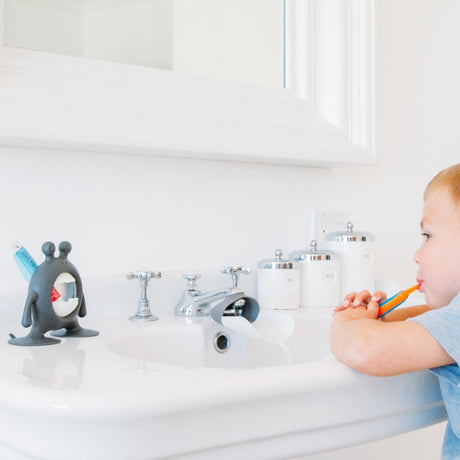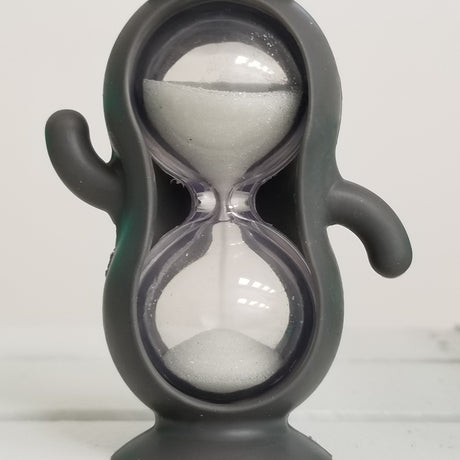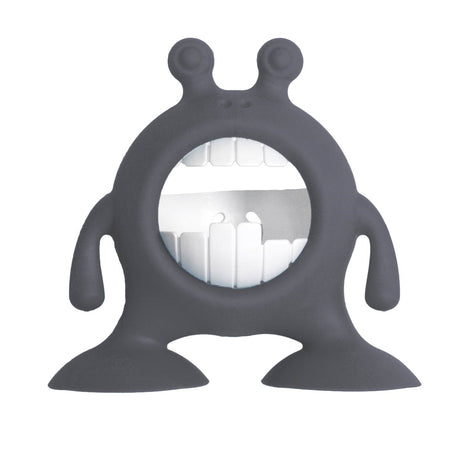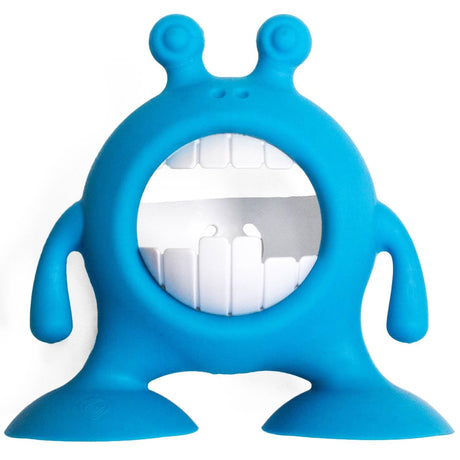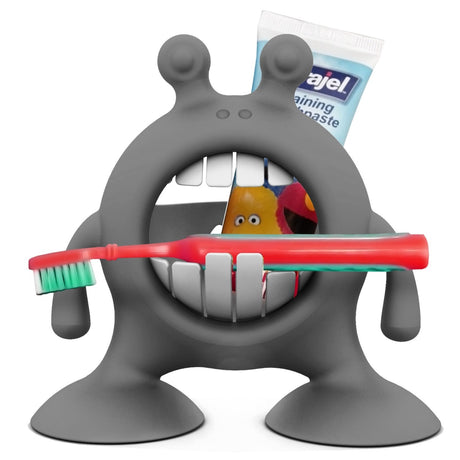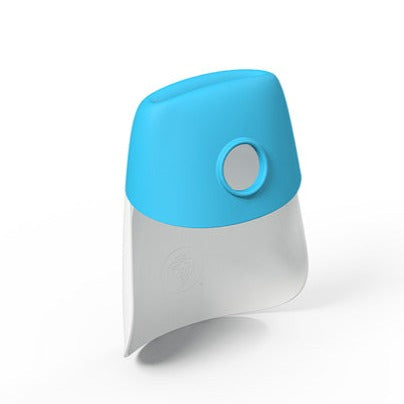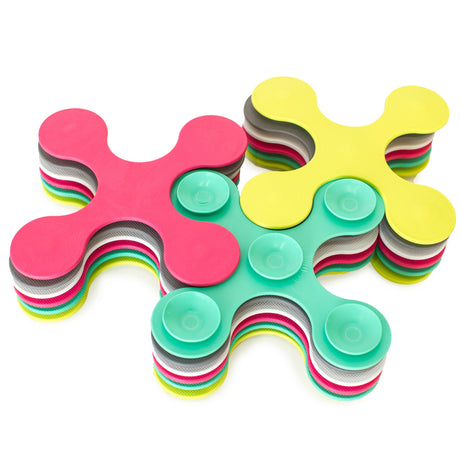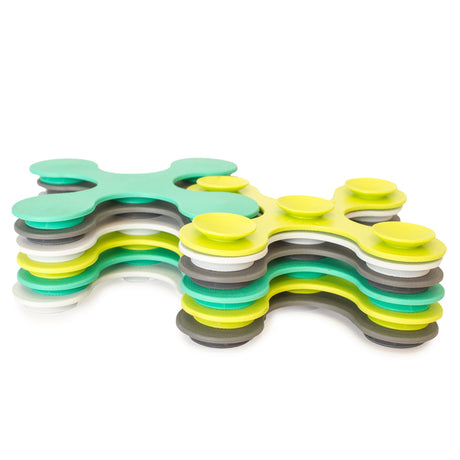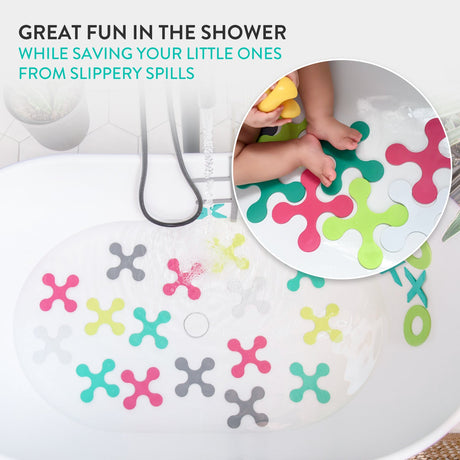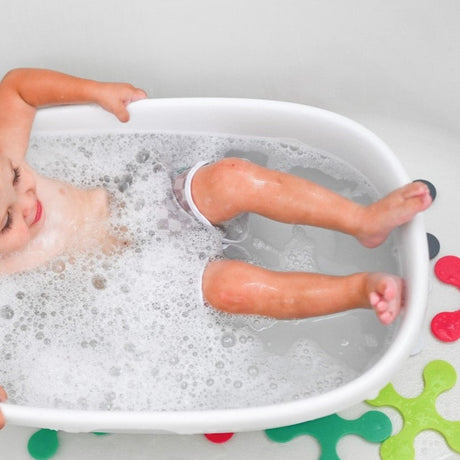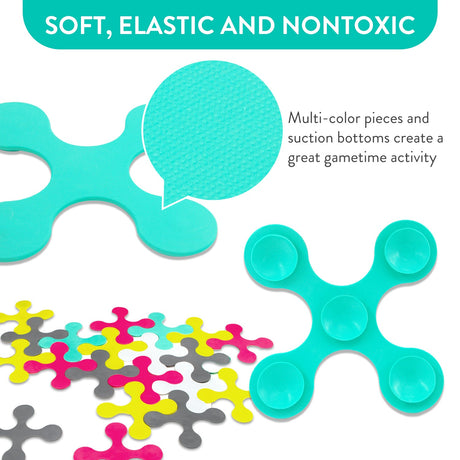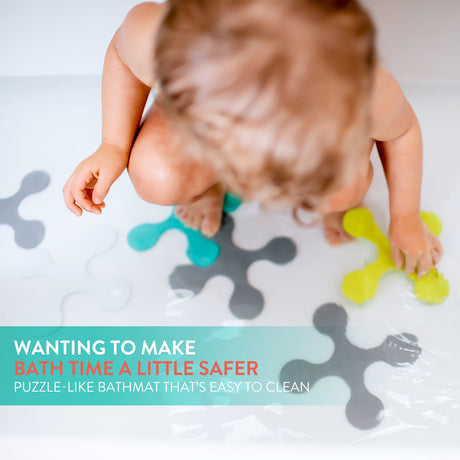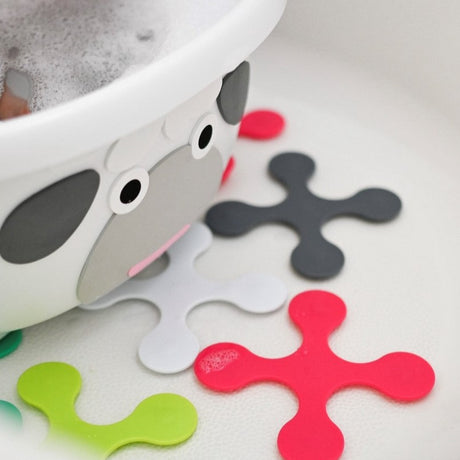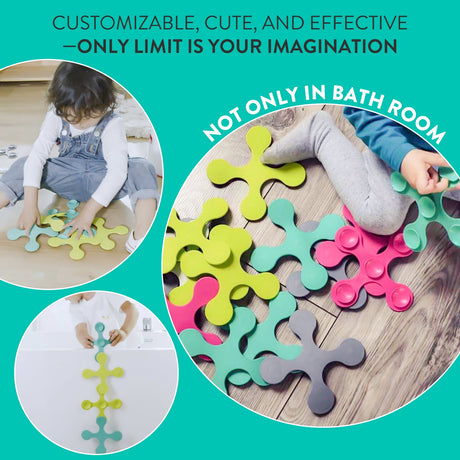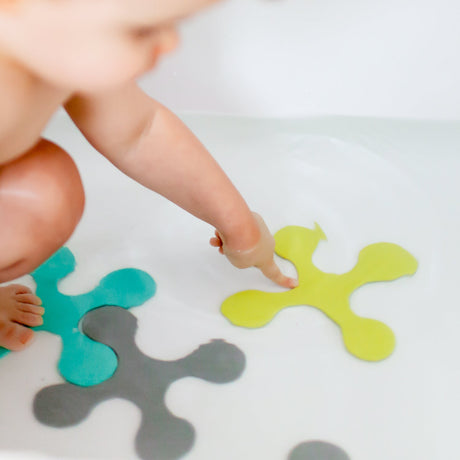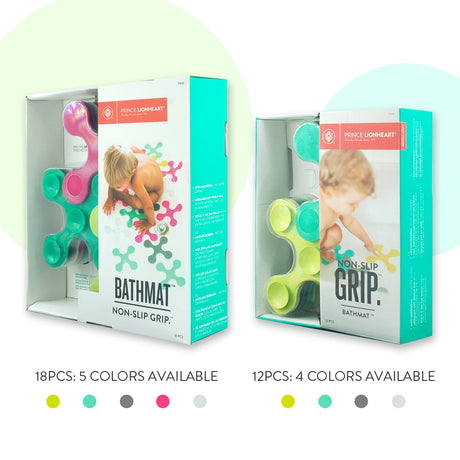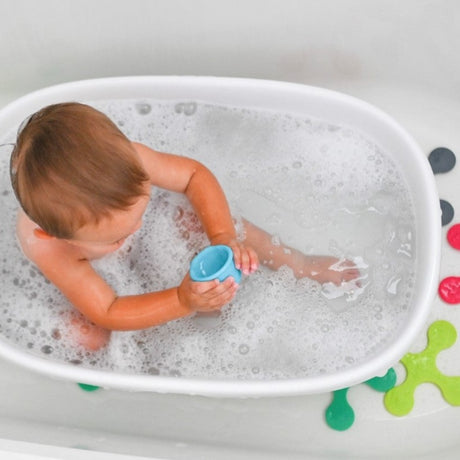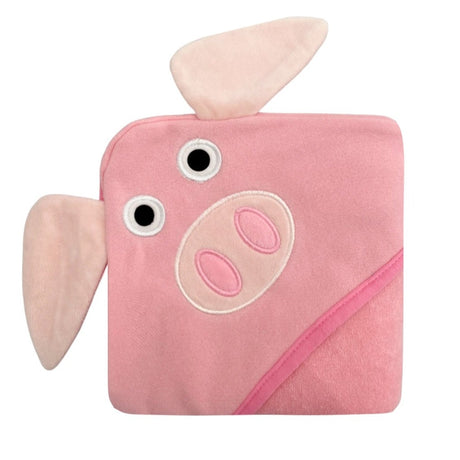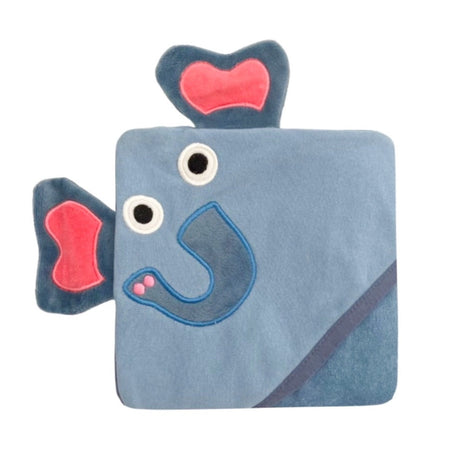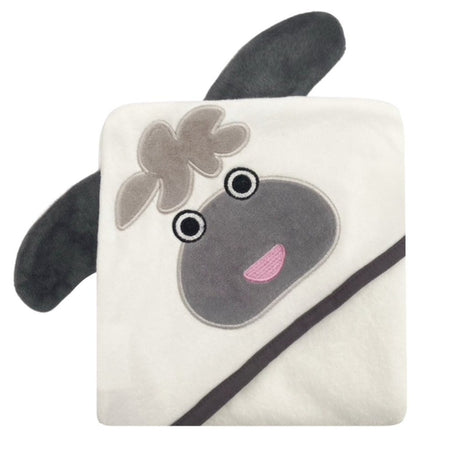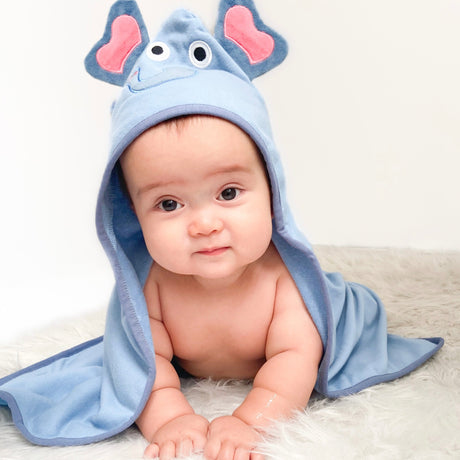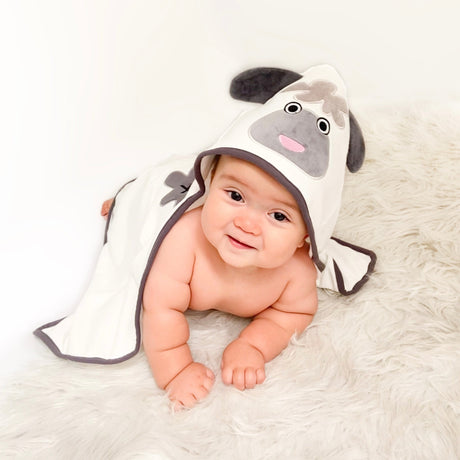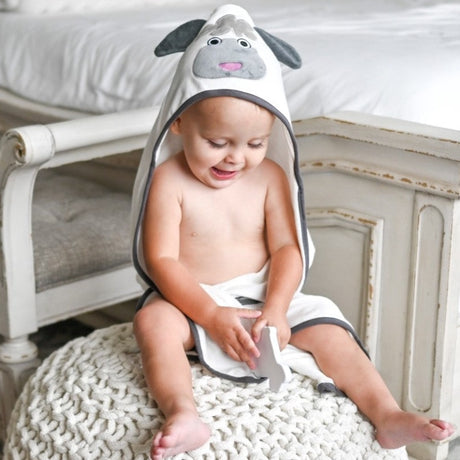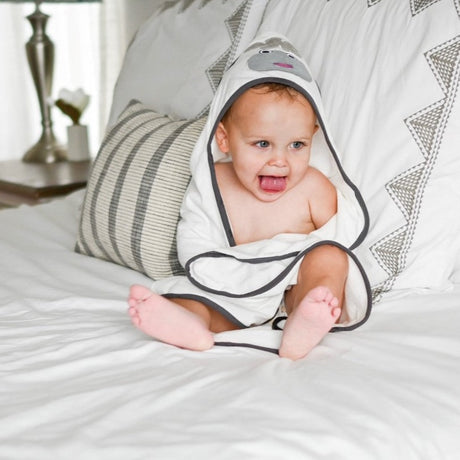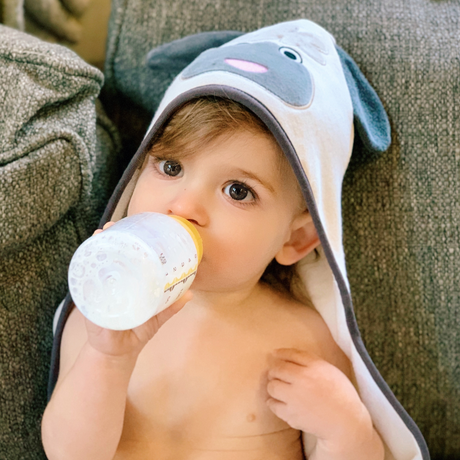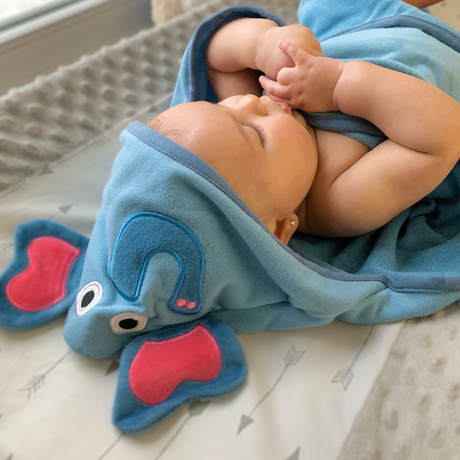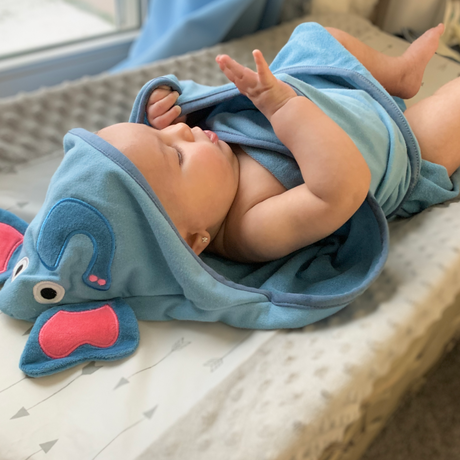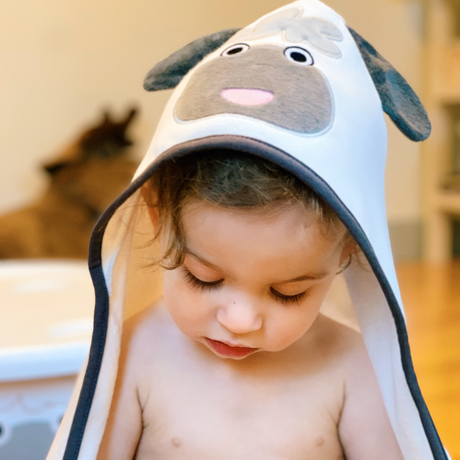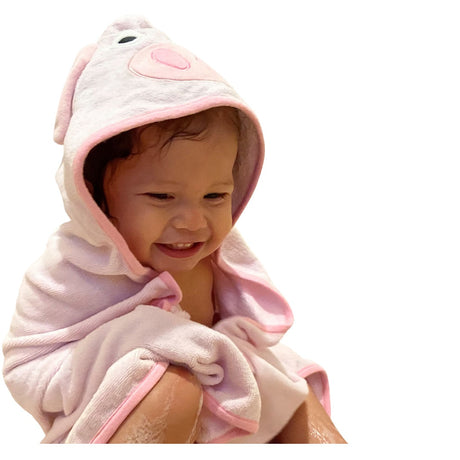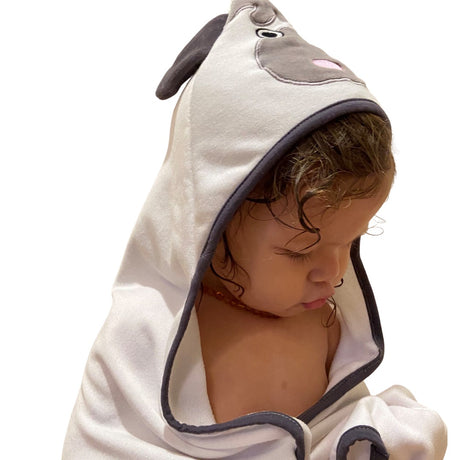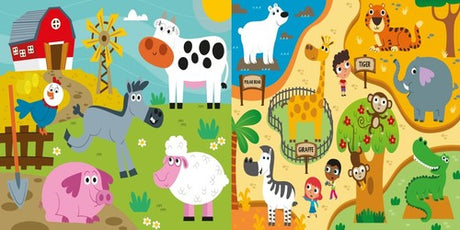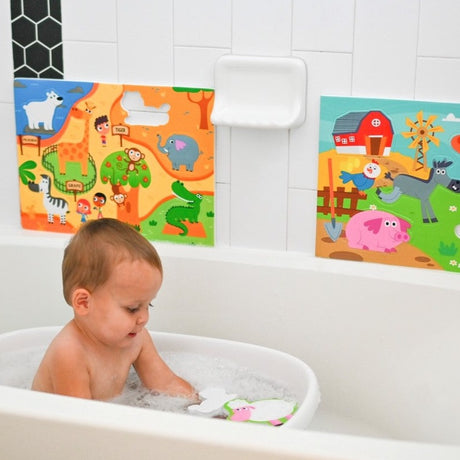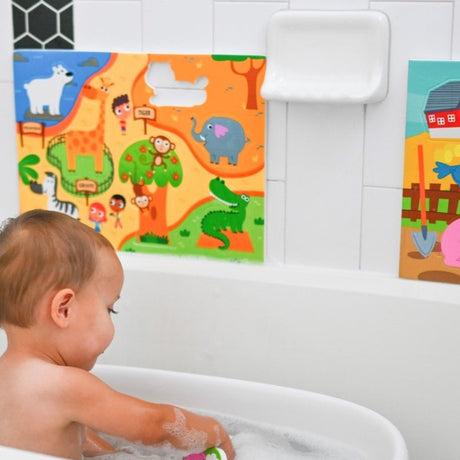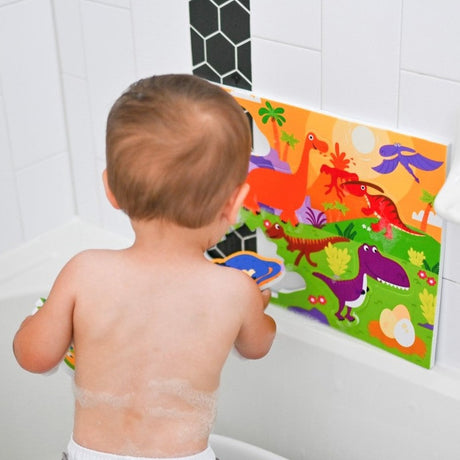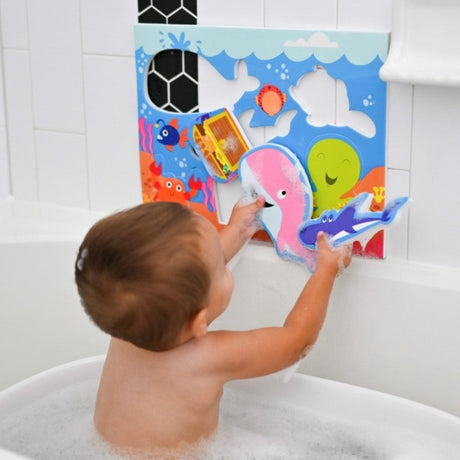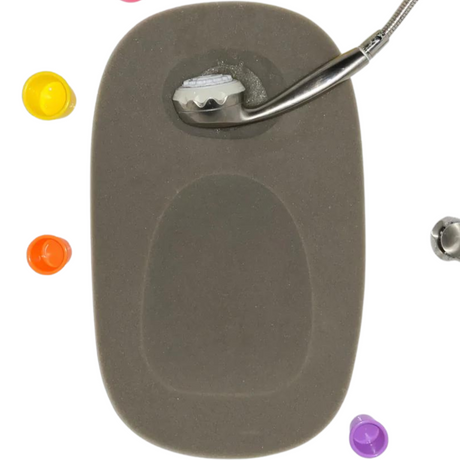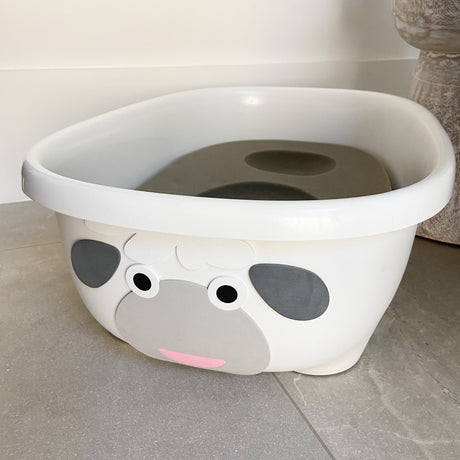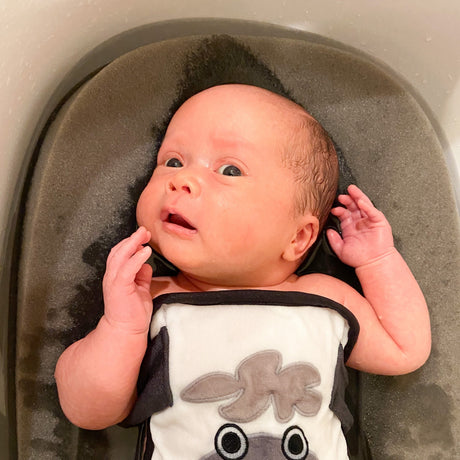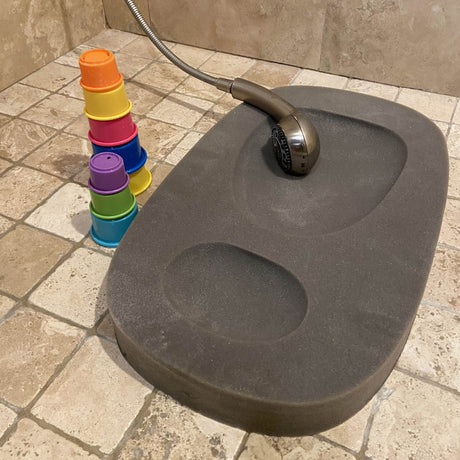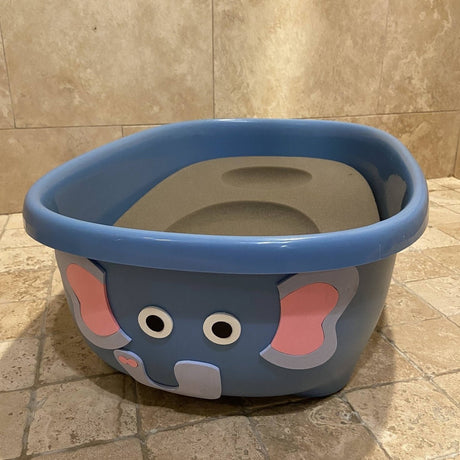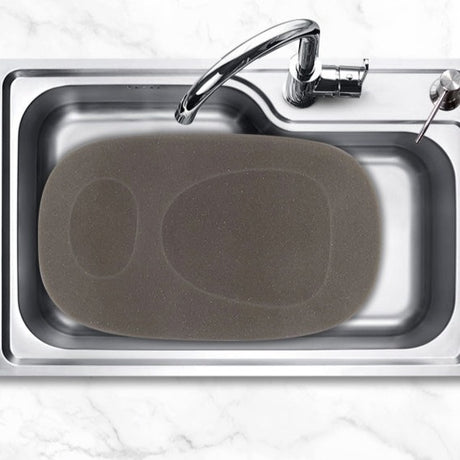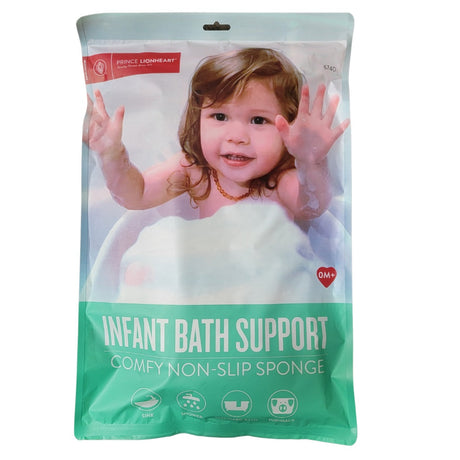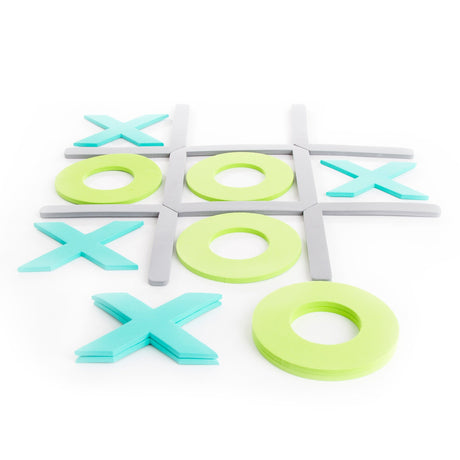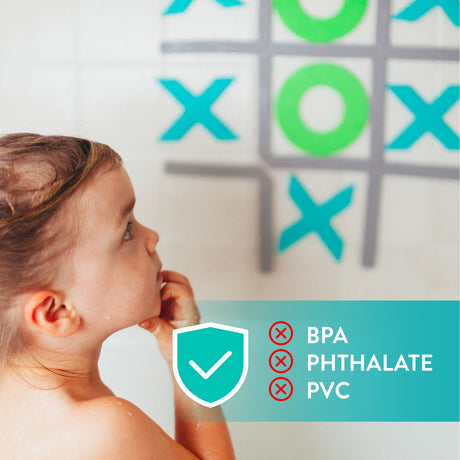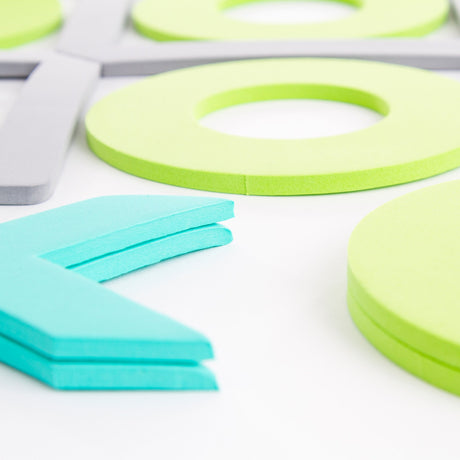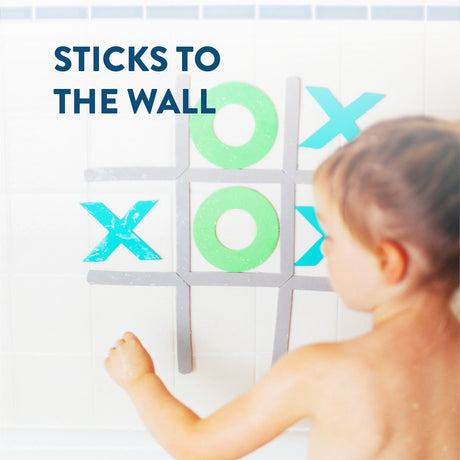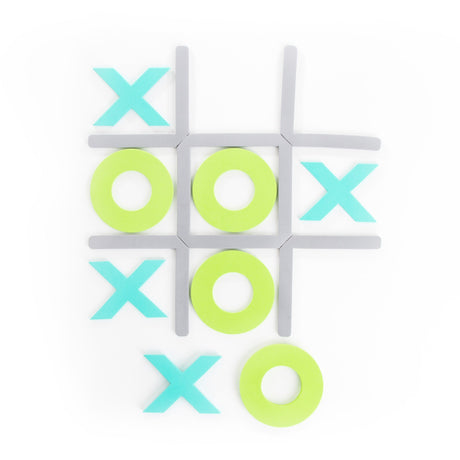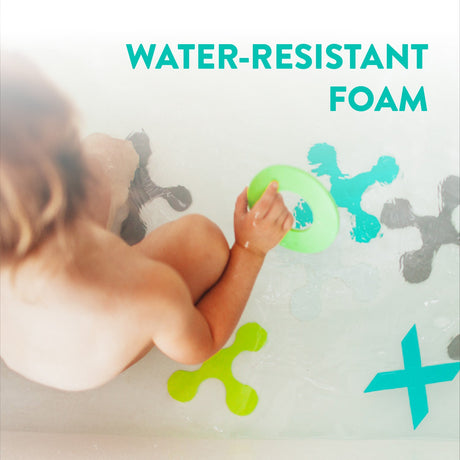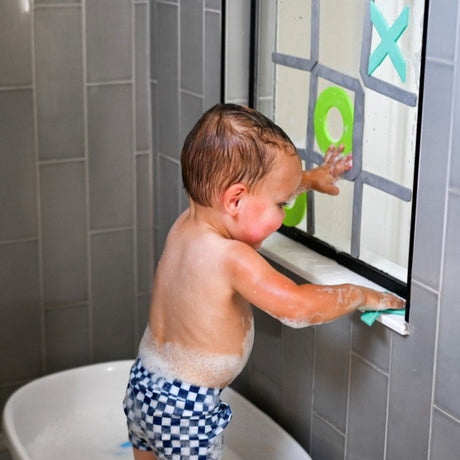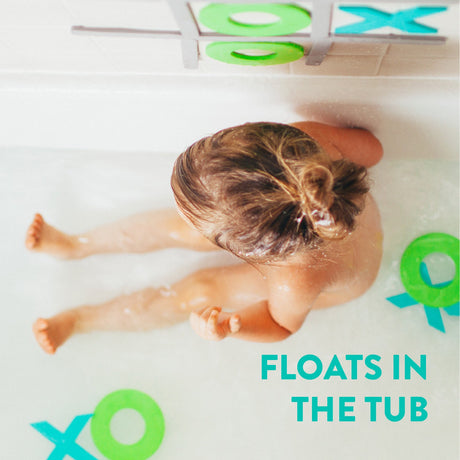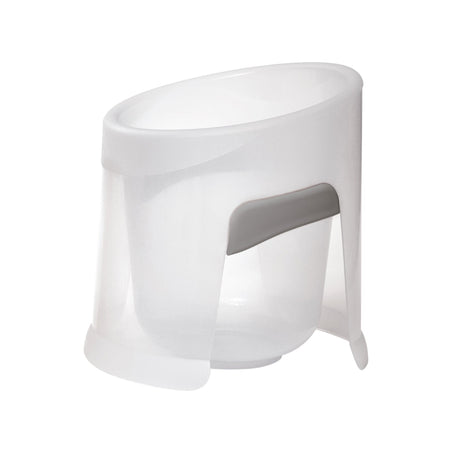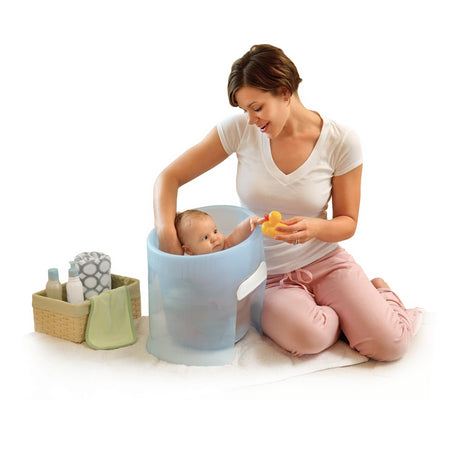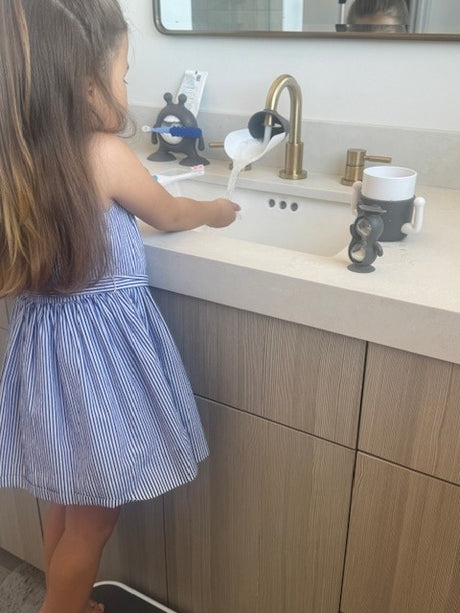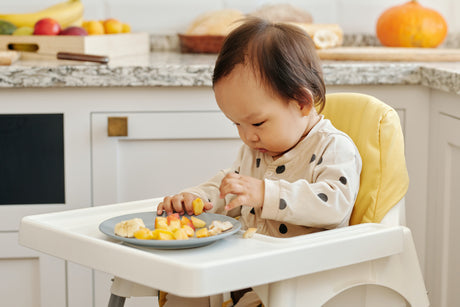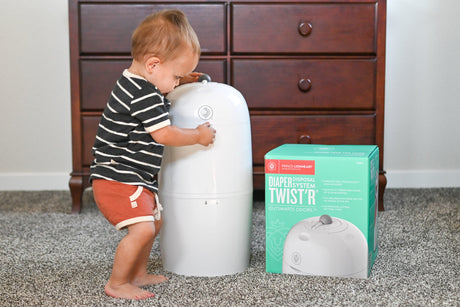Welcoming a new baby into your home involves a lot of preparation and one of the key aspects is ensuring that your baby’s furniture is safe and secure. As parents in Los Angeles, where space can be at a premium, it’s crucial to find the right solutions that not only fit your style but also adhere to safety standards. In this guide, we bring you essential tips to keep your baby safe and sound in their nursery.
1. Choosing the Right Crib for Safety
Selecting a crib that meets current safety standards is crucial. Avoid drop-side cribs and ensure the slats are no more than two and three-eighths inches apart to prevent your baby from slipping through.
In addition to choosing a safe crib, consider the distance between the crib and other furniture. You don’t want any pillows or stuffed animals close by, as items like these can pose suffocation risks. Keep in mind that a simple, minimalist crib environment is often the safest for your newborn.
2. Secure Assembly of Cribs and Dressers
Proper assembly is vital for ensuring safety. Always follow the manufacturer’s instructions and regularly check for loose or broken parts to maintain stability.
When assembling, using the correct tools and tightening bolts and screws to the recommended torque helps prevent future issues. If you’re not comfortable performing this assembly on your own, don’t hesitate to hire a professional or seek assistance from a friend. Safety should always come first, even if it means asking for help.
3. Avoiding Sharp Edges and Corners
Be mindful of furniture with sharp edges. Use corner protectors on tables and dressers to prevent injuries as your child begins to move around.
Rounded furniture is another great alternative to using corner protectors, as they inherently lack sharp edges. Consider opting for tables, shelves, and even rocking chairs that feature a softer, more rounded design.
4. Anchor Heavy Furniture to the Wall
To avoid tipping hazards, securely anchor dressers, bookcases, and other tall furniture to the wall. This prevention measure is especially crucial if you live in an earthquake-prone area like Los Angeles.
It’s advisable to use sturdy hardware for anchoring furniture. Consider using L-brackets or invest in furniture straps, which are often easy to install and provide strong, reliable support.
Before beginning the anchoring process, ensure the height of the brackets aligns well with your furniture. This adjustment guarantees optimal stability and minimizes risks.
5. Choosing Safe Materials and Finishes
Opt for furniture made from non-toxic materials and finishes. Look for certifications that ensure the wood and paints do not contain harmful chemicals.
Another useful measure is to avoid older furniture that may contain lead paint or other hazardous materials, especially if it wasn’t specifically designed for babies.
6. Check for Recalls
Regularly check for recalls on your baby furniture items. This proactive approach ensures that your baby’s products are up to the latest safety standards.
Stay informed about recalls by subscribing to newsletters or safety websites offering up-to-date recall notifications. Staying vigilant can help you promptly address any safety concerns if they arise.
7. Importance of Adjustable Mattress Heights
Choose a crib with an adjustable mattress height to prevent your baby from climbing out as they grow. Lower the mattress as your baby becomes more mobile.
Having the option to adjust the mattress height also extends the usability of your crib, allowing you to adapt it to your child’s needs as they develop from infancy to toddlerhood.
8. Safe Toy Storage Solutions
To keep toys organized and within reach, choose storage with safety in mind. Avoid lids that could trap tiny fingers and opt for open shelving or bins.
You may also consider toy boxes with soft-closing lids and non-removable hinges. These features help prevent minor accidents and maintain an orderly space.
9. Selecting the Right Changing Table
Ensure the changing table has safety straps and is sturdy. The table should be at a height that is comfortable for you to safely change your baby’s diaper.
Arrange all your diapering essentials within arm’s reach of the changing table. This convenience reduces the temptation to leave your baby unattended, minimizing risk.
10. Maintaining a Clutter-Free Environment
A clean and clutter-free nursery reduces hazards. Regularly tidy the area to ensure the floor space is open and safe for exploration.
Beyond aesthetics, a clutter-free environment means fewer objects for your baby to climb on, pull down, or ingest accidentally, contributing to a safer and more serene nursery.
11. Safe Lighting Solutions
Opt for soft, ambient lighting that can be controlled. Ensure any cords are out of reach to prevent accidental pulling or tripping.
Consider investing in night lights that emit a warm glow and install motion-sensitive lights to provide automatic illumination during night-time checks.
12. Monitoring Air Quality in the Nursery
Maintain a healthy air environment by using air purifiers and ensuring proper ventilation. This is especially beneficial for homes in urban areas.
Be mindful of indoor plants if you choose to include them in the nursery; some may not be suitable for small children. Focus on species that are known to purify air without posing a threat.
13. Safe Sleep Practices
Always place your baby to sleep on their back in a crib with a firm mattress. Avoid soft bedding and toys to reduce the risk of sleep-related incidents.
Establishing a consistent bedtime routine and ensuring the sleep environment is calm and soothing contribute not just to safety but also to your baby’s comfort.
14. Regular Inspection and Maintenance
Periodically inspect furniture pieces to ensure they remain in good condition and repair any damages promptly to maintain safety.
Performing monthly checks can help you detect loose screws or broken parts early. Keeping a maintenance log may also help track when each inspection and repair was completed.
